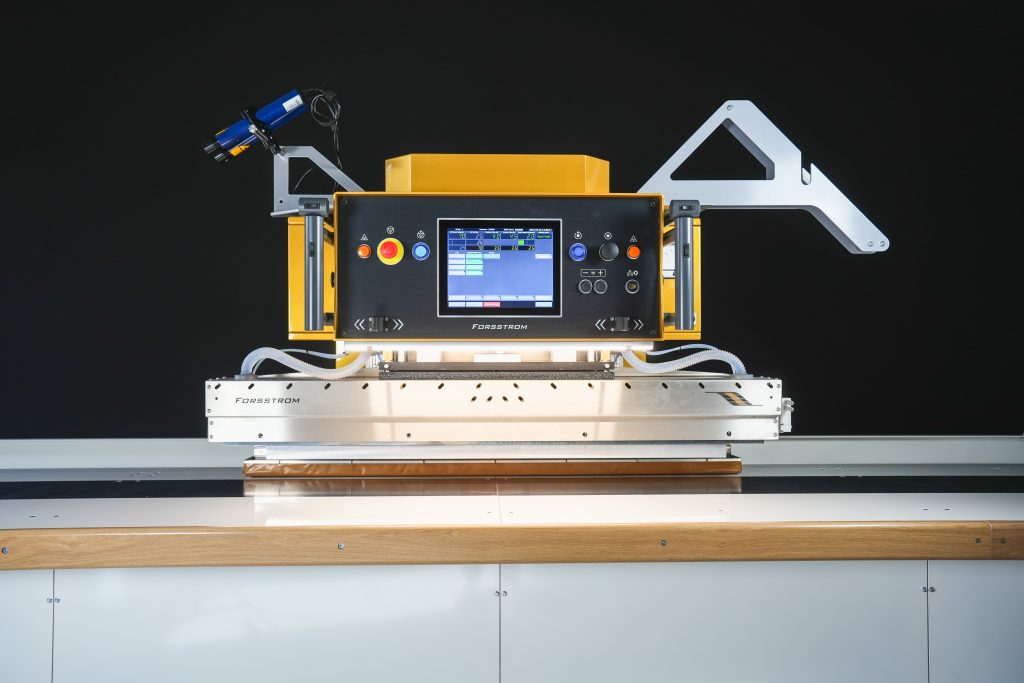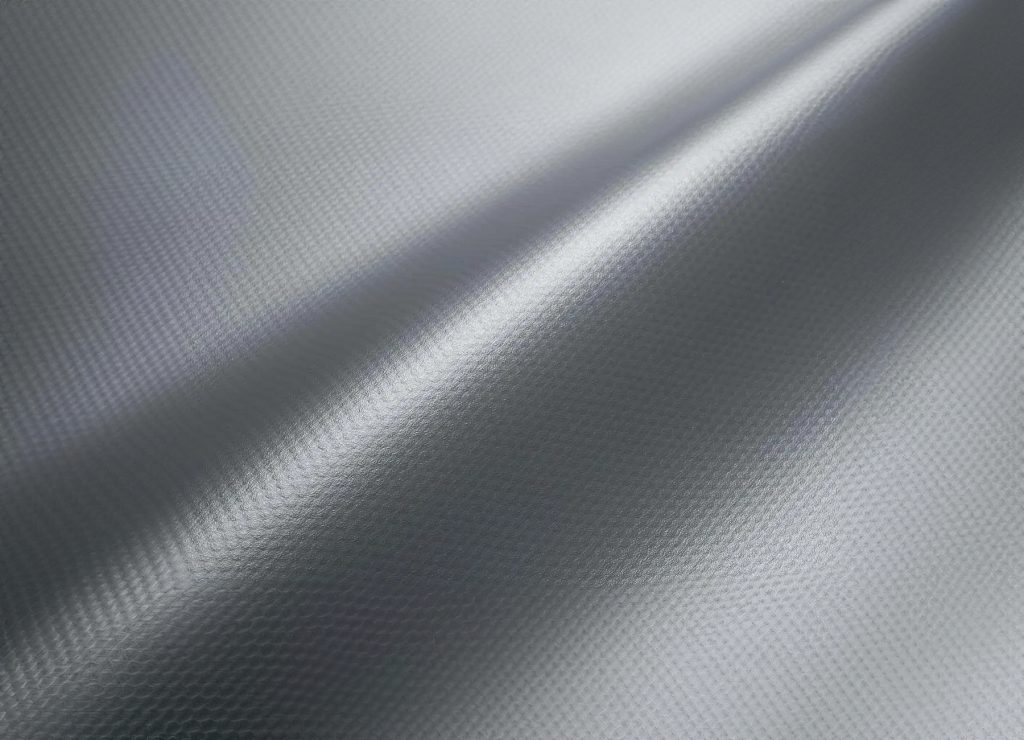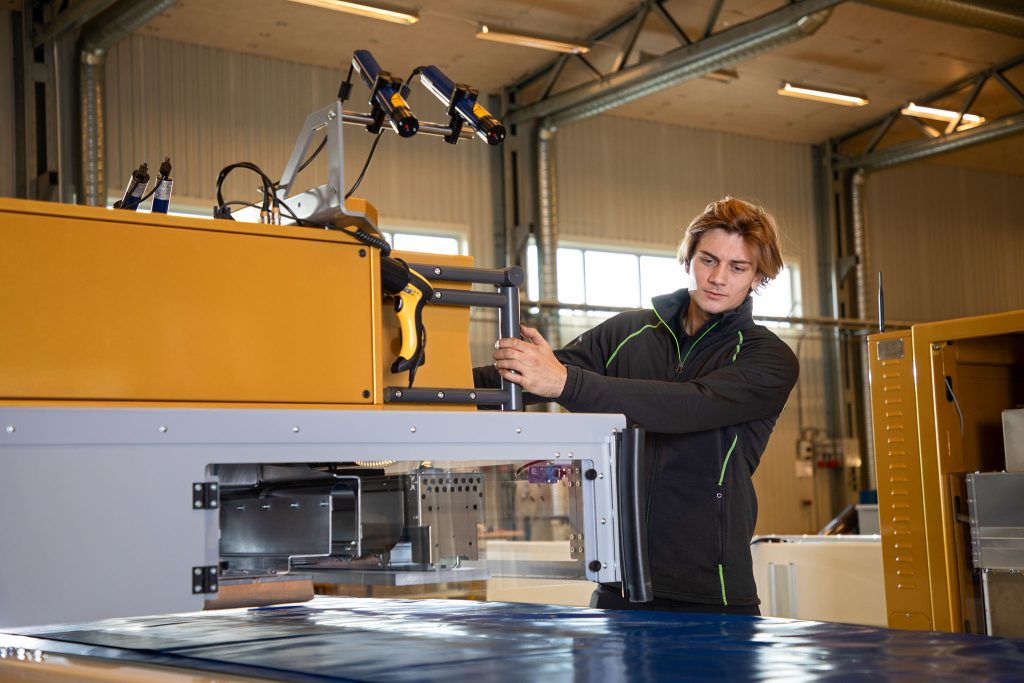Premium PVC welding machines

Our most popular PVC welding machines

The TDW
The TDW is a large travelling PVC welding machine with customized table length and it has 785 mm of free space behind the electrode.

The TDO
The suspended machine head provides unlimited space on all sides of the machine, making the model suitable for large material volumes.

The CP9
The CP9 is designed to streamline your production process by integrating setting, punching, and welding of eyelets into a single, seamless operation.

The MG-Flex
MG-Flex 300 is a compact PVC HF-welding machine with a welding head that can rotate 180°, makeing it easy for the operators to join heavy materials.

The TX
Forsstrom TX is a reliable and efficient high frequency welding machine with up to 500 cm² weld area.
PVC welding machines
PVC welding and plastic welding machines play a pivotal role in joining various materials with precision and efficiency. Whether it’s for crafting inflatable products, constructing geomembranes, or producing truck covers, the process of welding PVC and other plastics demands specialized equipment and expertise. This comprehensive guide delves into the intricacies of PVC welding, explores the types of plastic welding machines available, and highlights the benefits of choosing the right equipment for your specific needs.


What is PVC
Polyvinyl chloride (PVC) stands as the third most widely manufactured thermoplastic on a global scale. It exists in both rigid and flexible forms, deriving primarily from raw materials extracted from oil and salt. Notably, PVC demonstrates eco-friendly characteristics by consuming less crude oil and natural gas during its production compared to alternative plastics, rendering it an appealing option for diverse applications.
“Your machines are a WORK-HORSE, work consistently like a charm”
Punit Jhaveri, Co-Founder, Lucky International
Testimonials »
Understanding PVC Welding
PVC, or polyvinyl chloride, is a widely used thermoplastic polymer known for its durability, versatility, and resistance to corrosion. PVC welding involves joining two or more pieces of PVC material using heat and pressure, creating a seamless bond that is both strong and long-lasting. This process is commonly used in industries such as agriculture, construction, automotive, and more.

Why RF or HF for welding PVC?
Choosing the right sealing technology depends on factors such as material, product size and shape, and production volume. Radio Frequency (RF) Welding, also known as High Frequency (HF) welding offers consistent, clean seams without adhesives or solvents. For regularly producing identical products with specific weld shapes, RF Welding is ideal.
RF welding, or HF welding, is the best method for joining PVC and PU materials. It produces much stronger welds compared to hot air, hot wedge, or impulse welding, and the resulting welds are both airtight and waterproof.
“Our impression is that our newest machines give us an even higher quality in the welded seams.”
Niclas Nordin, Production Manager, Järven
Testimonials »
Helpful links

End products
A Forsstrom machine creates fantastic opportunities to manufacture exciting end products!
End products »

Why HF?
There are other technologies than high frequency (also called radio frequency) welding which can be used to join sheets of PVC and PU materials. So, why use high frequency (HF) rather than other technologies?
Why HF? »

About us
Forsstrom High Frequency AB manufactures and sells machines for welding PVC and PU material through the use of high frequency (HF) technology.
